The turkey has been carved and consumed, leftovers and all. Holiday decorations are starting to go up, Christmas trees purchased, Hanukkah get-togethers planned, and Festivus given social media shout-outs by the “Seinfeld” fans in your life. In a usual year, awards season hopefuls would be vying for screen real estate at your local multiplex. But 2020 is not a normal year, and it appears to continue posing a challenge to year-end traditions, up until the clock strikes midnight on Dec. 31.
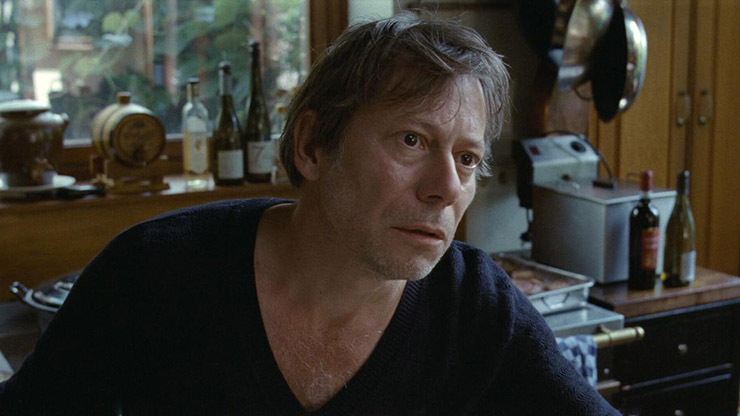
Mathieu Amalric - Courtesy Amazon Studios
What's a movie buff to do in the face of such adversity? Some theaters, like Regal Cinemas, remain closed, while others are open, but only on particular days and with limited showtimes. The distributors of the two movies I'm reviewing this week are providing South Florida film aficionadors with options. They are currently available to stream in the comfort of your home, but a few local specialty theaters are showing them, for those of you who want to brave the COVID risks and help exhibitors in one fell swoop. (No judgment here. This reviewer has only seen one film in an indoor screen since we went into lockdown: Christopher Nolan's “Tenet.” I have nevertheless been tempted to go back.)
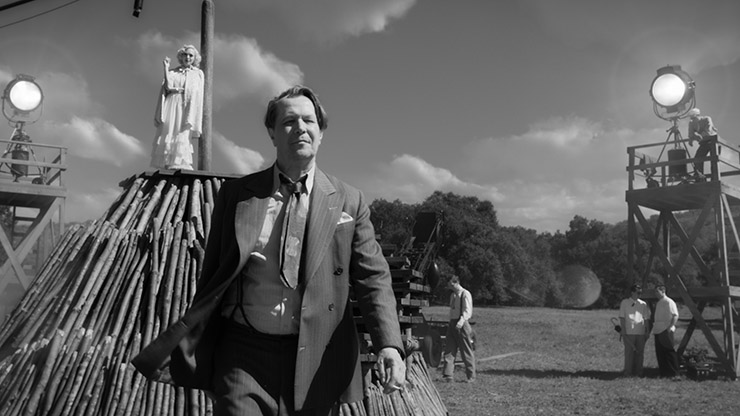
Photographer: NETFLIX
Amanda Seyfried, Gary Oldman - Courtesy Netflix
Regardless of how you choose to view these year-end hopefuls, they kick this somewhat scaled-down but still busy awards season into gear, with varying degrees of success.
“Mank”: The writers room is abuzz with chatter, both idle and pointed. The picture they're about to pitch, a monster movie with soul, promises a more refined approach to its decidedly lurid subject matter. After all, this is Metro Goldwyn-Mayer, not those trash-peddling hacks over at Universal. Guiding the rat-a-tat banter is Herman J. Mankiewicz, that lush with the silver tongue, razor-sharp wit and encyclopedic knowledge of the ins and outs of Tinseltown.
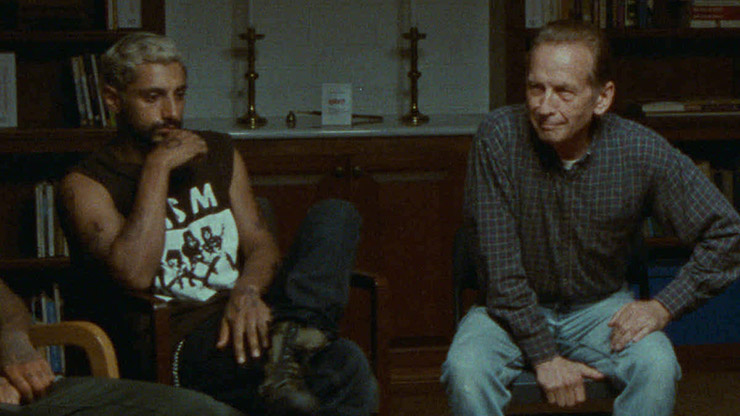
Riz Ahmed, Paul Raci - Courtesy Amazon Studios
David Fincher directs the scene as if he were Howard Hawks refereeing Cary Grant and Rosalind Russell in “His Girl Friday,” and what makes it pop is not just the clipped editing and the precise cadences in the actors' delivery. It's his ability to intertwine his affection for what the studio system yielded with his disdain of the way said system ran things. It's a delicate balance the “Zodiac” auteur attempts to strike in his portrait of Mankiewicz, played by a game, rejuvenated Gary Oldman. He has crafted the movie equivalent of a nimbly executed tango, driven by its push-pull impulses between adulation and scorn. When “Mank” hums, which is more often than not, it hits that sweet spot.
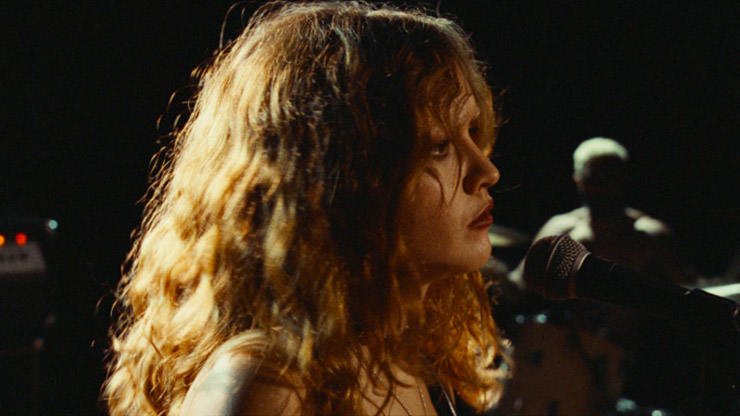
Photographer: Courtesy of Amazon Studios
Olivia Cooke - Courtesy Amazon Studios
The film ostensibly zeroes in on Mankiewicz's baptism-by-fire retreat during which he penned the screenplay for the film that would become “Citizen Kane.” (The title in Mankiewicz's initial working draft was actually “The American.”) Of course, it's about much more than that, but that framing device allows for myriad tangents, predominantly in the form of flashbacks that take viewers back and forth between the early 1940s to the early to mid-1930s.
“Mank” plops our protagonist in a remote ranch to dry out, allow a leg he broke during a car crash to heal and, oh yes, write something the precocious thespian and radio personality who hired him will deem worthy enough to turn into his feature directing debut. (“The Souvenir's” Tom Burke, shrewdly cast here, makes for a suave, vain, easily ruffled Orson Welles.) Then it goes back in time to chronicle Mankiewicz's relationship with newspaper magnate William Randolph Hearst (Charles Dance, another casting bull's-eye), as well as his platonic bond with Hearst's mistress, actress Marion Davies (Amanda Seyfried, pitch perfect). There's even room for a engrossing look at Mankiewicz's confrontational and competitive sparring with his younger brother, fellow screenwriter and future director Joseph L. Mankiewicz (Tom Pelphrey).
And that's not even taking into account the intriguing political context that screenwriter Jack Fincher, the director's late father, injects into his byzantine portrait of the Dream Factory during its zenith. The results are dense and cumbersome, but also thoroughly insightful, especially about the incestuous relationship between public office and show business. Case in point: California's 1934 gubernatorial race pitting conservative Republican Frank Merriam against his Democratic opponent, former Socialist Party member Upton Sinclair. The parallels with our current election cycle feel timely but are never laid on too thick.
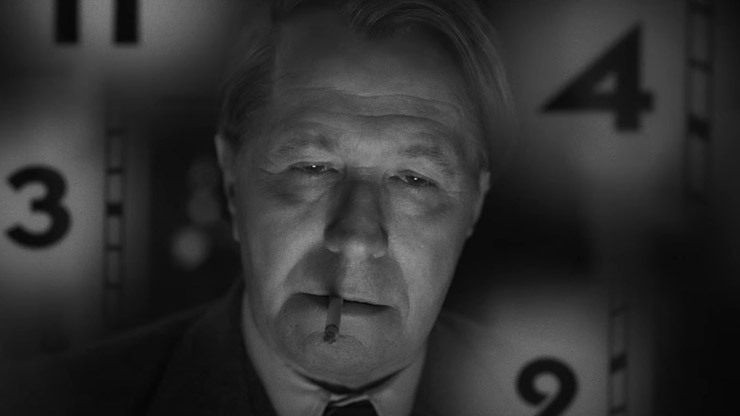
Gary Oldman - Courtesy Netflix
Juggling so many thematic balls in the air, “Mank” bites off more than it can chew. One could find fault with its lumpy, flashback-heavy structure, which definitely could have been further streamlined. Also, despite his youthful vigor, Oldman, who is in his early 60s, is simply too old to play Mankiewicz, who was 43 when he wrote “Kane” and is his 30s during the flashback scenes. And yet, his performance is strong enough that it makes the suspension of disbelief possible.
Purists might also take issue with Fincher's decision to shoot this biopic, set in the days of the boxy Academy aspect ratio, with digital cameras in a widescreen format, yielding a look that's at once retro and modern. “Gone Girl” cinematographer Erik Messerschmidt tips his hat at Gregg Toland's use of deep focus in “Citizen Kane” while allowing his high-contrast black and white serve as a commentary on the shooting style of the period. I preferred Jeremy Woodward's impeccable production design, which brings the Hearst Castle in San Simeon to ornate life.
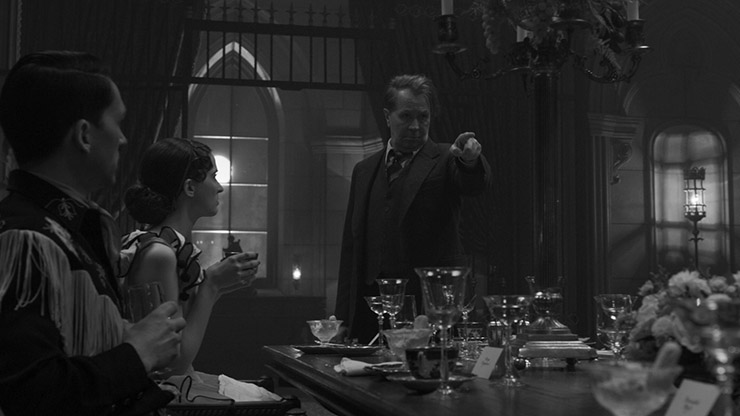
Photographer: NETFLIX
Gary Oldman - Courtesy Netflix
There's a whole lot of movie here, probably too much for people who don't think of themselves as classic movie junkies. I say give “Mank” a try, even if you don't clog your DVR with Turner Classic Movies content. Fincher has made a movie as ornery as his subject, a thorny valentine whose world-weary cynicism conceals a torrent of empathy and compassion for the movers and shakers depicted here, fallible men and women who still merit respect and admiration. Hooray for Hollywood? Not quite. “Mank” settles for a guarded “thanks for the memories.”
“Sound of Metal”: Another character study about a stubborn artist plagued by demons and grappling with a body that is betraying him, albeit in a much different milieu, this visceral and contemplative portrait of a drummer who discovers he is losing his hearing is, first and foremost, a showcase for its star, perennial character actor Riz Ahmed. You may know him from the HBO miniseries “The Night Of,” or Jake Gyllenhaal's ill-fated right hand man in “Nightcrawler.” So, just the fact that this talented and versatile screen presence landed a juicy starring role to tear into is alone reason to celebrate.
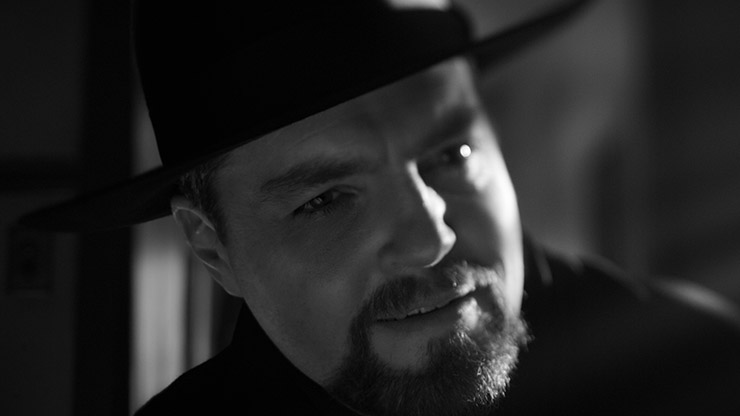
Photographer: NETFLIX
Tom Burke - Courtesy Netflix
Which is why I wanted to like “Sound of Metal” so much more. It introduces a fascinating, multi-layered character and deposits him in what amounts to an R-rated afterschool special. What makes this Amazon Studios release worthwhile, other than Ahmed's committed, full-throttle turn, is the stuff on the edges. Director and co-screenwriter Darius Marder takes you through a familiar route, but he has also given this tale of self-discovery a striking texture, from Daniël Bouquet's agile camerawork to the complex sound design, which is like a secondary character here.
Ahmed plays Ruben (no, not me, but he could probably pull it off), who's touring across the country with Lou (Olivia Cooke), his lead singer and main squeeze, heading from venue to venue in an RV. Their life is simple, satisfying, and also a bit of a broken record. Ruben's hearing troubles initially manifest themselves as a high-pitched ringing, then escalate swiftly from there. A doctor lays out the unvarnished truth: he's lost most of his hearing. He is unlikely to get it back. Returning to deafening gigs, where he gets to show off his tattooed torso and his bleached hair, would be the most dangerous course of action. A big no-no.
In the film's most effective transition, Marder immediately cuts to Ruben back behind the drums. We brace for the downward spiral, but when the inevitable meltdown comes, it's thankfully matter-of-fact, and much less harrowing than it could have been. It's a sensible decision by Marder, who is working from a story by filmmaker Derek Cianfrance (“Blue Valentine,” “The Place Beyond the Pines”), but it leads him straight into the film's conventional midsection, which shows Ruben, a recovering addict now dealing with another major change in his life, taking his sponsor's advice and reluctantly agreeing to spend some time at a deaf community comprised of people of various age groups and backgrounds. (Gaining entry features the crushing agony of a millennial parting ways with his handheld device.)
It's here that “Sound of Metal” shows its true colors, as a rehab movie in punk rock clothing. The man running the facility is Joe (Paul Raci, giving the film's best performance), who sees in Ruben his younger self and takes him under his wing with some (warranted) tough love. One wishes Marder had fleshed out the relationship between both men and their differing worldviews more, because their scenes together occasionally transcend the material's perfunctory nature.
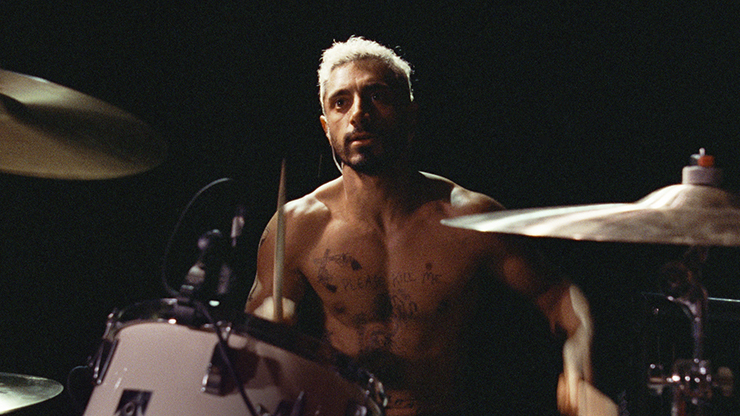
Riz Ahmed - Courtesy Amazon Studios
Marder could have also done more with Ruben's pathological denial. (The man, after all, has the word “No” tattooed on the back of his right hand.) But too much of “Sound of Metal” is stuck in neutral, at least until later in the film, when Ruben crosses paths with Richard Berger, Lou's French dad, played by the esteemed Mathieu Amalric. The screen vet delivers a monologue, showing his character examining his shortcomings as a father, that feels like something that belongs in another movie but also lays bare how thinly delineated Ruben's relationship with Lou is.
The pluses outweigh the minuses here, thanks to Ahmed's understated stoicism, how he modulates Ruben's resentment and pent-up anger. Those big baby browns of his do most of the heavy lifting, elevating a fairly straightforward drama about a man who discovers he's not invincible and struggles to resist turning into a destructive force, to himself more than those around him. His silent scream rises above the noise.
“Sound of Metal” screened virtually back in October as part of Miami Film Festival's GEMS showcase. It is now streaming on Amazon Prime and also showing at Living Room Theaters in Boca Raton. David Fincher's “Mank” is now streaming on Netflix and also showing at The Landmark at Merrick Park in Coral Gables.
 MAIN MENU
MAIN MENU

